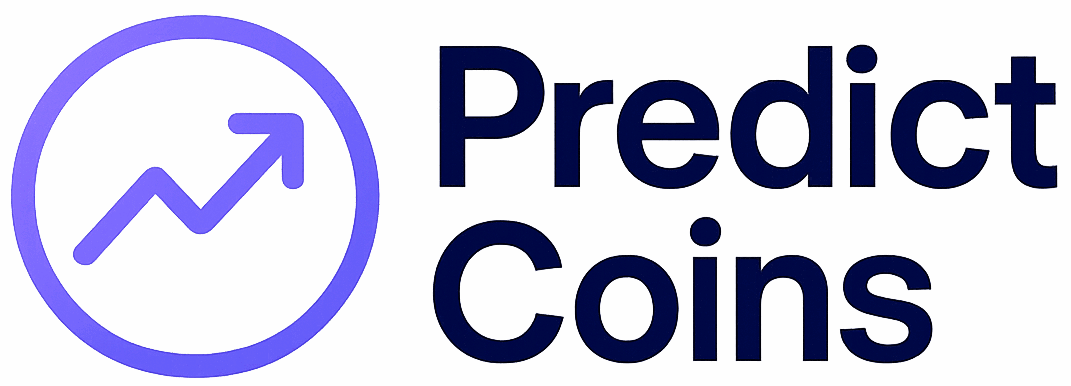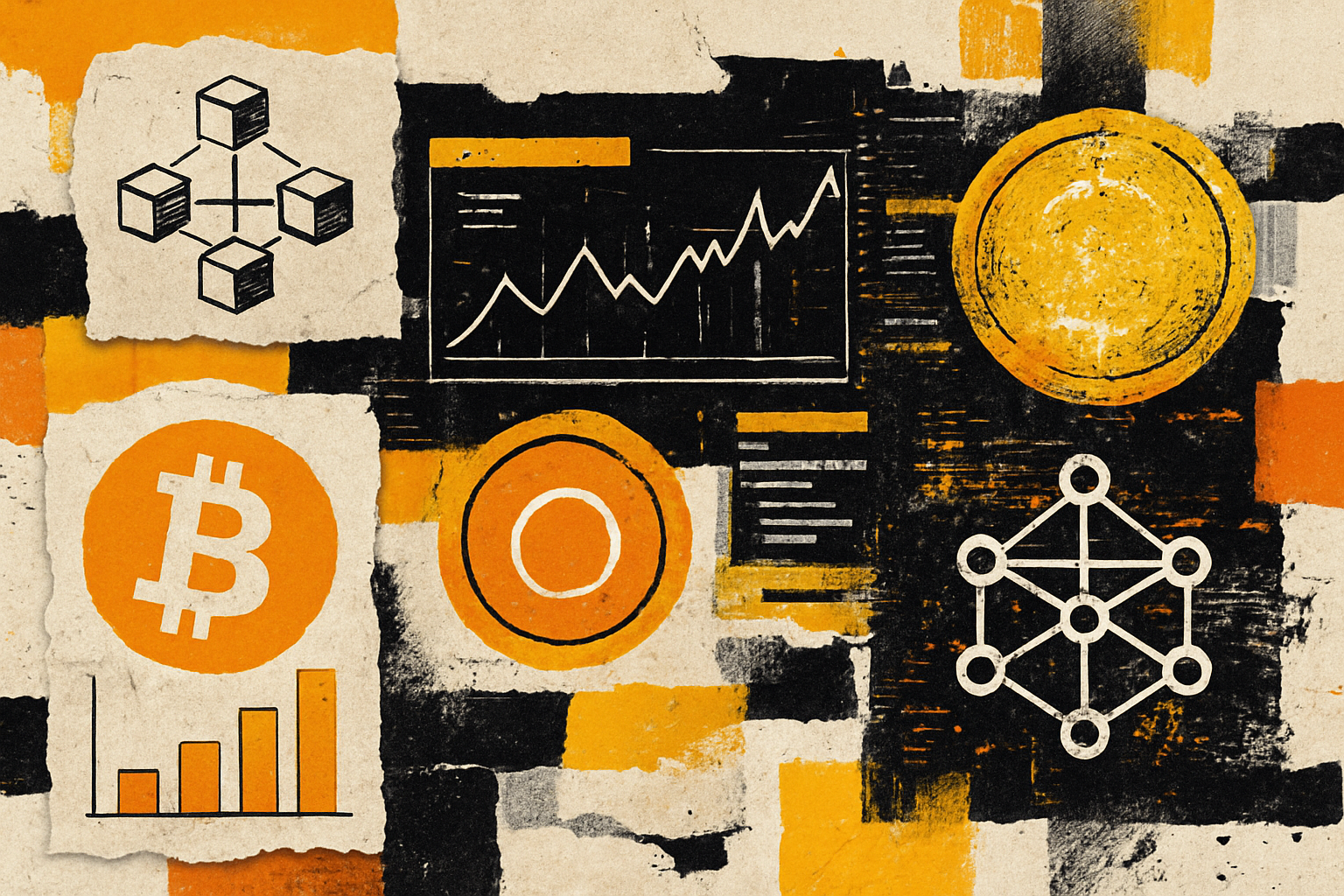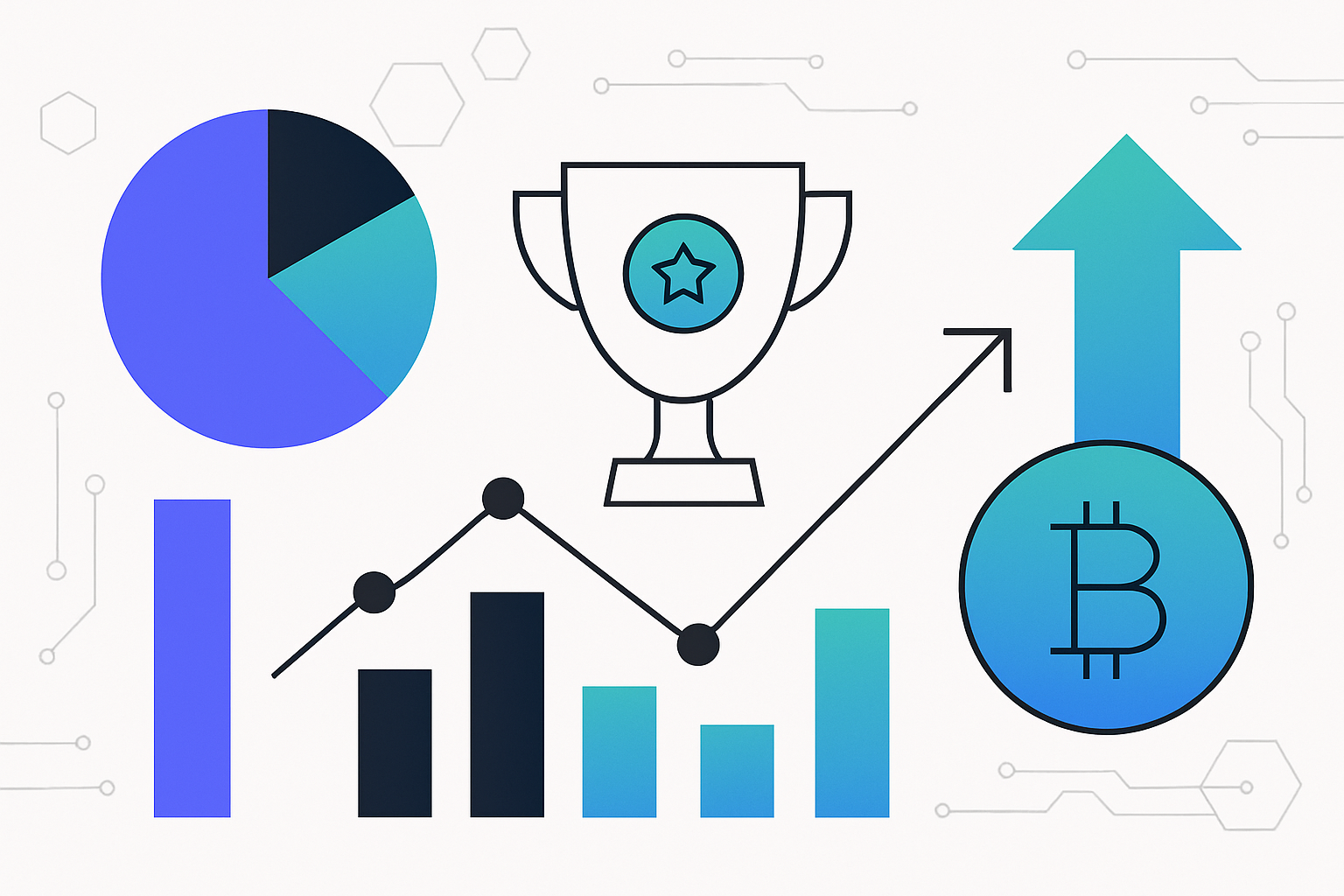How Blockchain is Revolutionizing Election Prediction Markets for 2025

Prediction markets have always attracted those seeking an edge on major political events, but the landscape in 2025 is fundamentally different. Blockchain technology has ushered in a new era of transparent political prediction markets, where crypto election betting is not only secure and efficient, but also accessible to a global audience. With billions in venture capital pouring into platforms like Polymarket and Kalshi, the stakes, and the sophistication, have never been higher.

From Niche to Mainstream: The Rise of Blockchain Election Prediction Markets
Just a few years ago, election forecasting was dominated by traditional polling and centralized betting sites. Today, blockchain election prediction markets are booming, driven by a confluence of regulatory acceptance, institutional investment, and technological maturity. In October 2025, Intercontinental Exchange (ICE): the parent company of the New York Stock Exchange, committed up to $2 billion to Polymarket, valuing the platform at $9 billion. This strategic move signals how deeply prediction markets are being woven into the fabric of mainstream finance.
Platforms like Polymarket and Kalshi operate on decentralized networks, leveraging smart contracts to automate settlements and ensure that market outcomes are both tamper-proof and instantly verifiable. The shift from opaque, custodial betting environments to transparent on-chain systems is more than cosmetic, it directly addresses long-standing concerns around fairness, manipulation, and access.
Regulatory Milestones: Legitimizing Crypto Election Betting in 2025
The regulatory landscape for decentralized election forecasting has evolved rapidly in 2025. Polymarket’s return to the U. S. market after securing CFTC approval, following its $112 million acquisition of QCEX, marks a watershed moment. This approval not only brings legal clarity for U. S. -based users but also sets a precedent for other blockchain-based platforms seeking legitimacy.
Meanwhile, Kalshi’s legal victory against the CFTC paved the way for the listing of event contracts tied directly to the White House race. Backed by $185 million in fresh funding from financial heavyweights like Paradigm and Sequoia, Kalshi’s expansion underscores how regulatory acceptance is catalyzing innovation across the sector.
Key Regulatory Milestones in 2025 for Blockchain Election Prediction Markets
-

Polymarket receives CFTC approval for U.S. relaunch (September 2025): Polymarket, operating on Polygon and using USDC, secured regulatory approval from the U.S. Commodity Futures Trading Commission (CFTC) to resume operations in the United States. This milestone followed its $112 million acquisition of QCEX, a licensed derivatives exchange and clearinghouse, enabling Polymarket to operate within established regulatory frameworks.
-

Kalshi wins legal battle and gains CFTC approval for election contracts (June 2025): After a successful legal challenge against the CFTC, Kalshi was granted permission to list contracts related to the U.S. presidential election. This decision marked a significant legitimization of event-based trading on regulated blockchain platforms.
-

Robinhood integrates blockchain prediction markets (March 2025): Robinhood launched a prediction markets hub within its trading app, initially partnering with Kalshi. This integration brought regulated blockchain-based prediction markets to a wider retail investor audience, underscoring mainstream acceptance.
-

ICE invests $2 billion in Polymarket to expand tokenized prediction markets (October 2025): Intercontinental Exchange (ICE), the parent company of the New York Stock Exchange, announced a $2 billion investment in Polymarket. This strategic move highlighted institutional confidence in the regulatory progress and future of blockchain-based prediction markets.
-

Analyst recognition of blockchain prediction markets for forecasting accuracy (2025): Leading financial analysts, including those from Bernstein, publicly acknowledged the enhanced transparency and reliability of blockchain-based prediction markets like Polymarket for election forecasting, reinforcing their regulatory and institutional acceptance.
The Mechanics Behind Transparent Political Prediction Markets
The core advantage of blockchain-based platforms lies in their transparency and security. Every trade, bet, and outcome is recorded immutably on-chain, enabling real-time auditing by anyone with an internet connection. Users can participate using stablecoins like USDC, with automated market makers ensuring liquidity and fair pricing even during periods of intense volatility, such as the run-up to major elections.
This transparency isn’t just theoretical; it’s practical. As highlighted by analysts at Bernstein, real-time data from platforms like Polymarket offers a more accurate pulse on public sentiment than traditional polling methods, which can be slow to update or subject to survey bias. The decentralized structure also reduces susceptibility to manipulation or censorship, a critical feature when forecasting high-stakes elections.
Do blockchain-based prediction markets offer more accurate election forecasts than traditional polls?
With platforms like Polymarket and Kalshi gaining regulatory approval and major investments in 2025, blockchain-based prediction markets are being recognized for their transparency and real-time data. Do you think these markets provide more reliable election predictions than traditional polling methods?
For those seeking deeper insights into how blockchain is transforming election prediction markets with secure on-chain voting and settlement mechanisms, see our detailed guide: How Blockchain is Revolutionizing Election Prediction Markets: Secure On-Chain Voting and Settlement.
As the 2025 election cycle intensifies, volumes on blockchain election prediction markets have reached unprecedented levels. Trading activity on Polymarket, for example, hit record highs during the New York City mayoral race, and the platform’s $9 billion valuation now rivals established exchanges. This surge is not merely speculative fervor, it’s a reflection of how these platforms are reshaping the information landscape for both retail and institutional participants.
Traditional polling often lags behind real-time events, while decentralized markets aggregate the collective wisdom of thousands of participants, updating odds instantly as new data emerges. This dynamic has not gone unnoticed by mainstream financial platforms. Robinhood’s integration of Kalshi’s prediction contracts into its trading app earlier this year brought blockchain-powered election betting to millions of new users, further blurring the line between finance and forecasting.
Forecasting Accuracy and the Wisdom of Crowds
One of the most compelling arguments for blockchain voting prediction is the accuracy delivered by crowd-sourced forecasting. Unlike centralized bookies or pollsters, decentralized markets harness the incentives of real capital at risk. This means market odds are continuously refined by those with the strongest convictions and the best information, creating a self-correcting system that often outperforms traditional models.
Recent studies, including those cited by Bernstein analysts, confirm that blockchain-based prediction markets like Polymarket consistently anticipate major shifts in public sentiment faster than legacy polling. The transparency of on-chain settlements also ensures that outcomes are verifiable, with no room for disputes over payouts or market manipulation.
Risks, Rewards, and Responsible Participation
While the benefits of crypto election betting 2025 are clear, it’s important for participants to approach these markets with a well-informed perspective. Volatility can spike during periods of uncertainty, and regulatory frameworks, though improving, still vary by jurisdiction. Users should always verify that a platform is compliant with local laws and understand the mechanics of smart contracts before placing bets.
For those new to decentralized election forecasting, starting with smaller stakes and focusing on well-regulated venues like Polymarket or Kalshi can mitigate risk. As always, never wager more than you can afford to lose, prediction markets are powerful tools for information discovery, but they are not without inherent uncertainty.
The Road Ahead: Blockchain’s Role in Election Integrity
The rapid institutionalization of transparent political prediction markets signals a paradigm shift not just in betting, but in how societies gauge and understand electoral outcomes. As more capital, regulatory clarity, and technological innovation converge, blockchain election prediction markets are poised to become an essential part of the democratic process, offering real-time, tamper-proof insights that complement (and sometimes challenge) traditional polling.
For readers interested in a deeper exploration of how these platforms are transforming the landscape, including technical details on on-chain settlement and voter anonymity, see our related analysis: How Blockchain Prediction Markets Are Transforming Election Forecasting in 2025.




